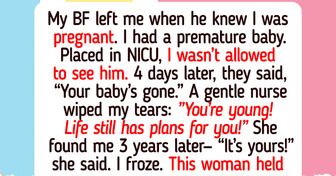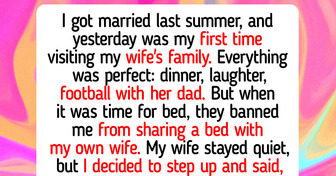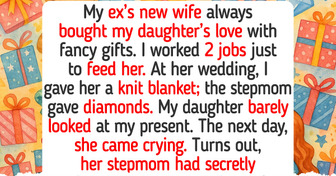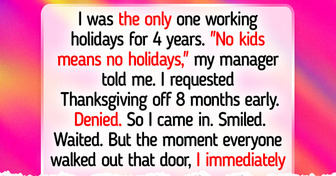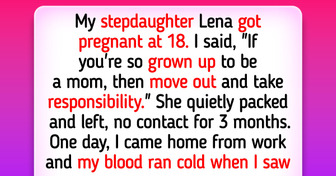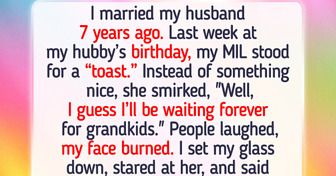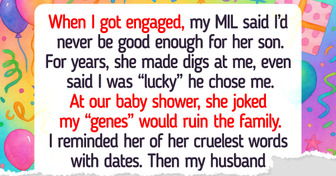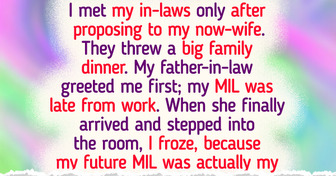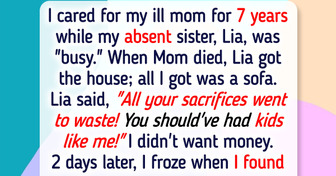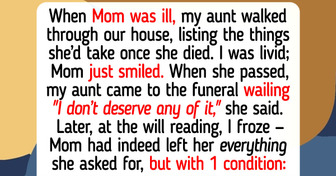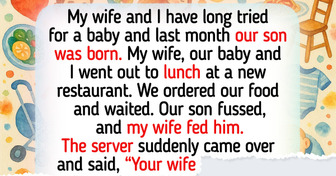10 Signs Your Child Could Be in Trouble
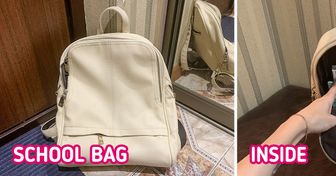
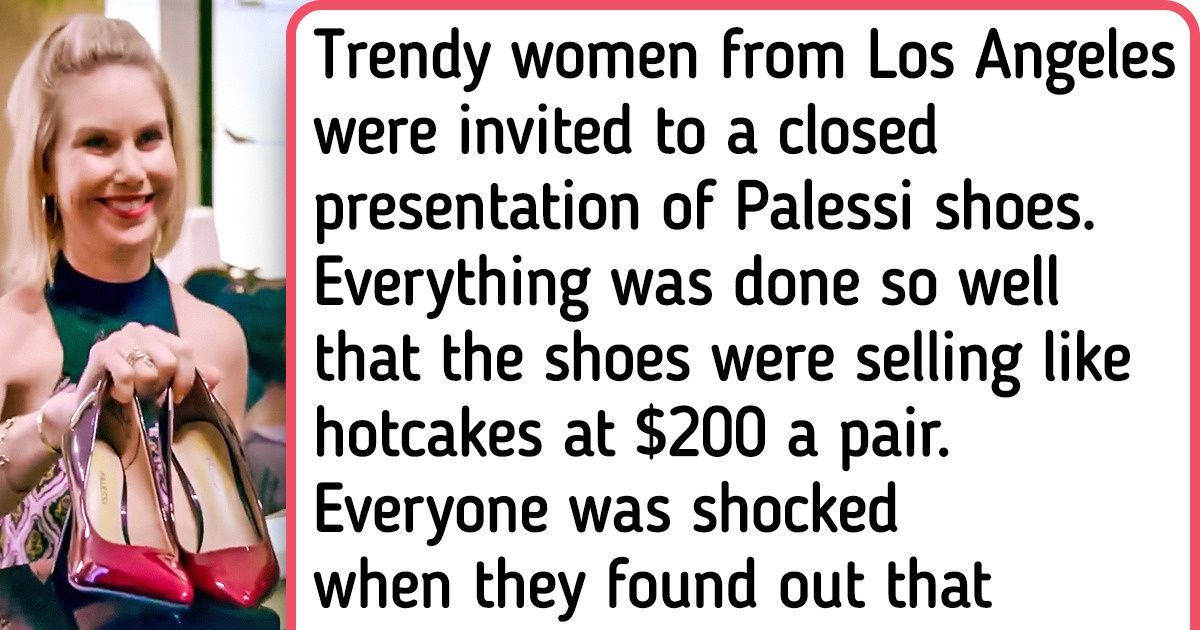
Ads are all around us and companies have to try really hard to get us to notice them. Some companies spend millions of dollars and others managed to draw attention with almost no money.
We at Bright Side have learned about the marketing moves of companies that weren’t afraid of going their own way with their campaigns.
The underwear/shapewear brand from Kim Kardashian appears on the official website in small batches, heating up the hype. Kim’s team uses Robert Cialdini’s scarcity principle. It means that the less often we have a chance to buy a product (and the more difficult it is to buy it), the more valuable it seems to be. The probability that someone will buy it is incredibly high.
In 2014, The Grand Hyatt Melbourne offered its regular clients a service: Leave it at Hyatt. Clients can leave their baggage at the hotel, so they can use them when they come again. When they return to the hotel they don’t have to bring baggage, and their stuff (like the stuff they left there) is already in their rooms, washed and ironed.
Trendy women from Los Angeles were invited to a closed presentation of Palessi shoes. Everything was done so well that the shoes were selling like hotcakes, at $200 a pair. Everyone was shocked when they found out that this designer didn’t exist and that the party was organized by a local mass-market shoe store to show how little difference there really is between brands.
Kylie Cosmetics, that belongs to Kylie Jenner, attracted attention with a scandal related to lip fillers. Kylie Jenner denied using lip fillers and said that it was just the right makeup that she used. But when nobody believed her, she decided to use this scandal as a marketing move. On social media, teenagers were sharing the “Kylie Jenner Challenge.”
Procter & Gamble increased the sale of their detergents by 20% in the ’80s. The company did a study together with Levi Strauss Jeans and found out that their core audience was employed and that the use of their detergents would increase if they didn’t wear suits to work (which are taken to dry cleaners), but instead wore everyday clothes. Employees that wear casual clothes, work way more efficiently compared to those that have strict dress codes. So P&G decided to implement casual Fridays for their employees and many companies followed this example and canceled their dress codes on Fridays. Brilliant!
The 1957 Clairol commercial had this catchphrase, “Does she... or doesn’t she?” The point of the campaign was to highlight the natural hair color Clairol created. The commercial explained that only a hairdresser knows for sure if a woman dyes her hair or not and the idea was that it was impossible to tell. The campaign made it to 9th place on the list of the 10 best campaigns from the 20th century.
The photo that got Marilyn Monroe divorced from her husband was actually a marketing move. Her dress starts to fly up, but it’s not because of the air from the vent. The dress flew because there was a huge fan and there were a lot of people around the actress watching, who were invited especially for the photo. Marilyn’s husband Joe DiMaggio was in the crowd and he got really angry. The photo circulated through the worldwide media outlets and the film The Seven Year Itch ended up being very successful.
In the 40s, the Modess sanitary napkins from Johnson & Johnson were advertised using women who were wearing amazing dresses. The products themselves weren’t shown and the tagline was pretty mysterious: “Modess... because.” The napkins were sold in ordinary boxes, without any branding. The design was supposed to hide the contents of the box.
The biggest diamond in the history of diamond auctions was the De Beers Millennium (10.10 carats) which was sold for $32 million.
During an economic crisis, the De Beers company that controlled South African mines changed the collective attitude toward engagement. They gave up on commercials with women wearing amazing dresses and replaced with them black-and-white posters that talked to men and said, “No, your wife didn’t pay for this ad (but she did tell us what paper you read).” Over time, the sales of De Beers diamonds grew from $23 million to $2.1 billion.
Reminiscent of the classic horror film Carrie, the New York viral marketing company, Thinkmodo, created a scene similar to one from the film in a New York coffee shop. The visitors thought that a young woman’s telekinesis was initiated when a guy accidentally spilled coffee on her laptop.
During the Summer Olympics in Beijing, Jamaican athlete Usain Bolt took off his golden Puma sneakers and froze in his traditional position, pointing his finger right at the shoes. Puma released a book about Bolt, even showcasing a hidden flipbook animation of his sprint.
WePay really wanted to compete with PayPal. The problem with PayPal was that they froze the accounts of their users. WePay literally froze several hundred dollar bills and wrote “PayPal freezes your accounts” on a massive, 600-pound block of ice. The co-founder of WePay, Rich Aberman, sent the ice message to a PayPal conference with the statement: “Unfreeze your money by using WePay.”
Which commercial seemed to be the most successful for you?

